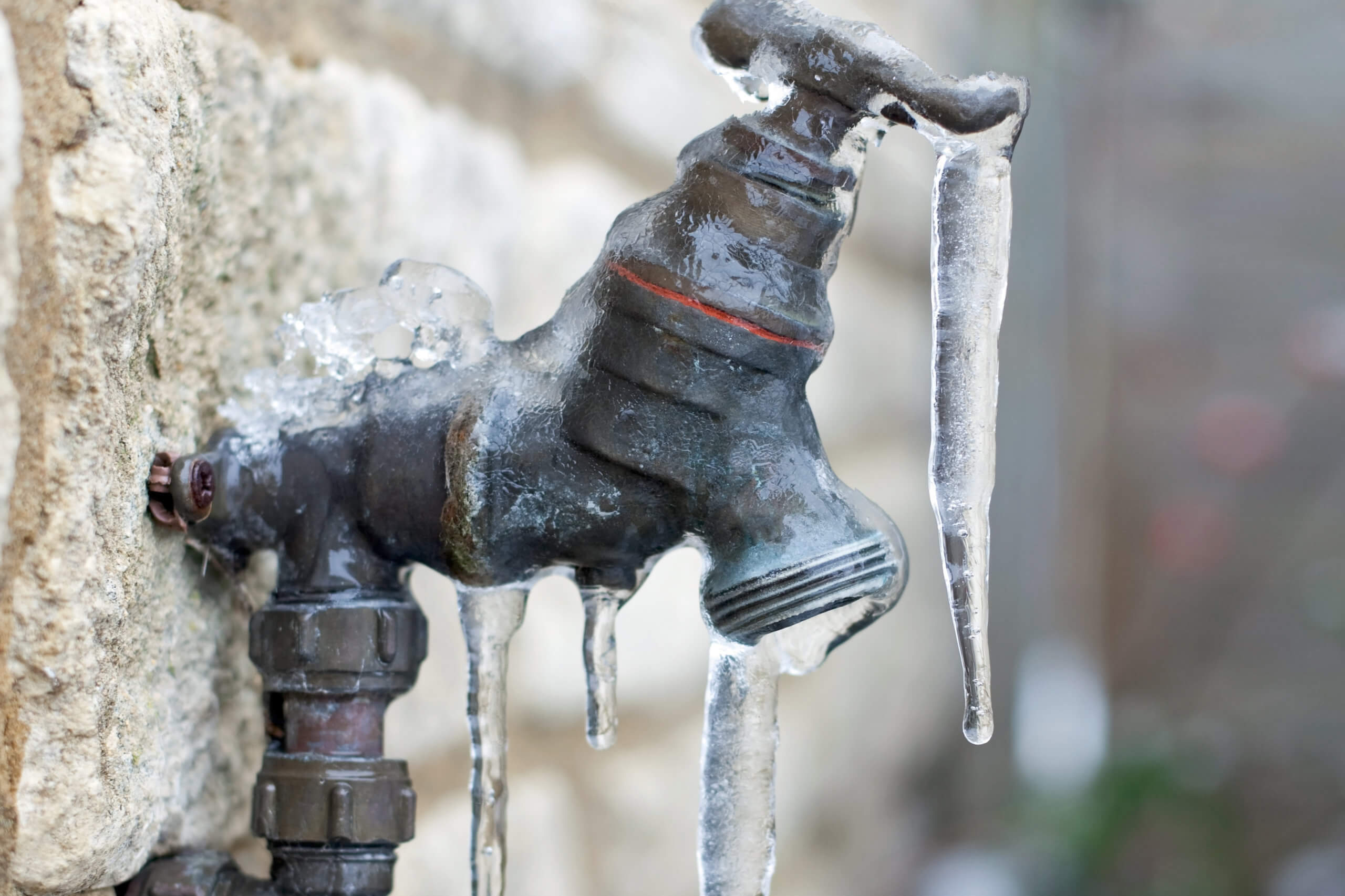Protecting Against Frozen Pipes: Best Methods for Cold Weather
Protecting Against Frozen Pipes: Best Methods for Cold Weather
Blog Article
Are you trying to find insight concerning Preventing and dealing with frozen pipes?

Cold weather can ruin your plumbing, particularly by freezing pipes. Here's just how to prevent it from occurring and what to do if it does.
Introduction
As temperatures drop, the threat of frozen pipes increases, potentially leading to costly repair services and water damages. Recognizing just how to stop icy pipelines is critical for property owners in cold environments.
Understanding Icy Pipes
What creates pipes to ice up?
Pipes ice up when exposed to temperature levels listed below 32 ° F (0 ° C) for prolonged durations. As water inside the pipes ices up, it increases, putting pressure on the pipeline wall surfaces and potentially creating them to burst.
Dangers and problems
Frozen pipes can cause water supply interruptions, property damage, and expensive repair work. Ruptured pipelines can flooding homes and create extensive structural damages.
Signs of Frozen Pipeline
Recognizing frozen pipes early can prevent them from bursting.
How to identify frozen pipes
Try to find decreased water flow from faucets, unusual odors or noises from pipelines, and visible frost on subjected pipes.
Avoidance Tips
Shielding prone pipes
Wrap pipelines in insulation sleeves or make use of warm tape to safeguard them from freezing temperatures. Concentrate on pipelines in unheated or exterior locations of the home.
Heating strategies
Keep interior rooms appropriately heated up, especially locations with plumbing. Open up cabinet doors to permit warm air to flow around pipelines under sinks.
Protecting Exterior Plumbing
Yard hoses and outside faucets
Detach and drain pipes garden tubes before wintertime. Set up frost-proof faucets or cover outdoor taps with shielded caps.
What to Do If Your Pipes Freeze
Immediate actions to take
If you believe frozen pipes, keep taps open up to ease pressure as the ice melts. Utilize a hairdryer or towels taken in warm water to thaw pipelines gradually.
Long-Term Solutions
Structural adjustments
Think about rerouting pipelines far from outside wall surfaces or unheated locations. Add extra insulation to attics, basements, and crawl spaces.
Upgrading insulation
Invest in top quality insulation for pipes, attics, and walls. Proper insulation helps keep regular temperatures and reduces the risk of icy pipelines.
Final thought
Stopping frozen pipes calls for aggressive procedures and quick responses. By recognizing the causes, indicators, and safety nets, house owners can secure their plumbing during cold weather.
6 Proven Ways to Prevent Frozen Pipes and Protect Your Home
Disconnect and Drain Garden Hoses
Before winter arrives, start by disconnecting your garden hoses and draining any remaining water. Close the shut-off valves that supply outdoor hose bibs and leave the outdoor faucet open to allow any residual water to drain. For extra protection, consider using faucet covers throughout the colder months. It’s also important to drain water from any sprinkler supply lines following the manufacturer’s directions.
Insulate Exposed Pipes
Insulating your pipes is an effective way to prevent freezing. Pipe insulation is readily available at home improvement stores and is relatively inexpensive. Pay close attention to pipes in unheated areas such as the attic, basement, crawl spaces, or garage. Apply foam insulation generously to create a buffer against the cold. You can also wrap your pipes in heat tape or thermostat-controlled heat cables for added warmth.
Seal Air Leaks
Inspect your home for any cracks or openings that could let in cold air. Seal any holes around the piping in interior or exterior walls, as well as the sill plates where your home rests on its foundation. Additionally, make sure to keep your garage door closed unless you’re entering or exiting. Leaving it open creates a significant air leak that can lead to frozen pipes.
Allow Warm Air Circulation
During cold snaps, it’s essential to allow warm air to circulate evenly throughout your home. Leave interior doors ajar to promote better airflow. Open kitchen and bathroom cabinets to help distribute heat consistently around the rooms. If you have small children or pets, be sure to remove any household chemicals or potentially harmful cleaners from open cabinets for safety.
Let Faucets Drip
A small trickle of water can make a big difference in preventing ice formation inside your pipes. When temperatures drop significantly, start a drip of water from all faucets served by exposed pipes. This continuous flow helps prevent the water from freezing. Additionally, running a few faucets slightly can relieve pressure inside the pipes, reducing the chances of a rupture if the water inside does freeze.
https://choateshvac.com/6-proven-ways-to-prevent-frozen-pipes-and-protect-your-home/

Hopefully you enjoyed our excerpt about Prevent Frozen Pipes . Thank you so much for taking a few minutes to read through our article. If you please take the time to share this blog post if you enjoyed reading it. I take joy in your readership.
Apply Now Report this page